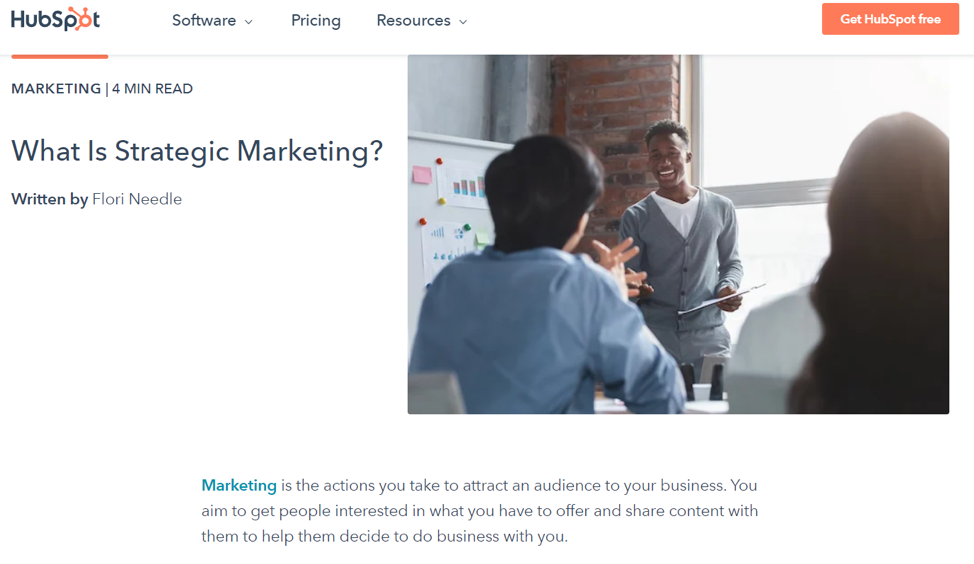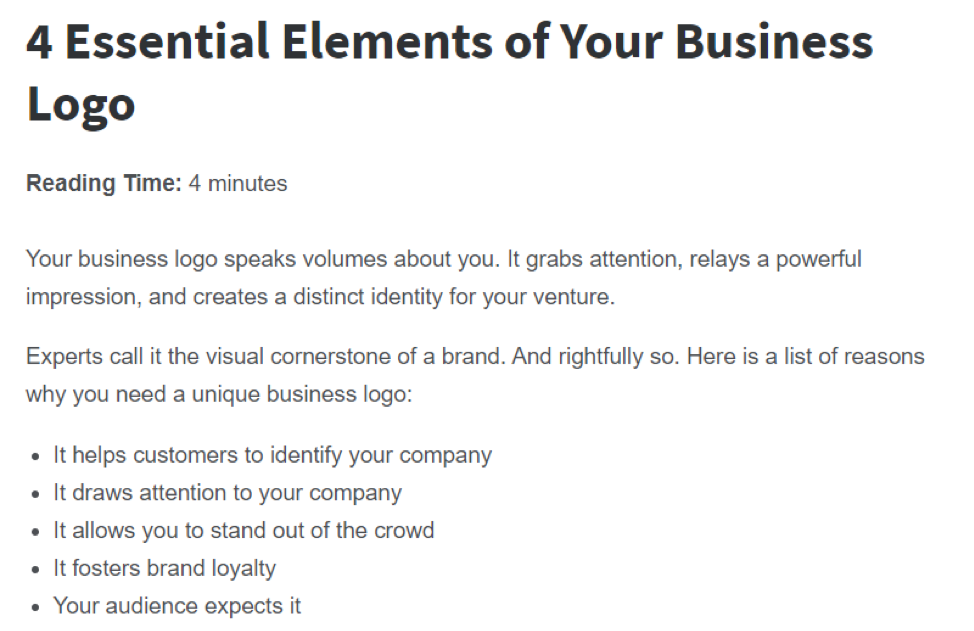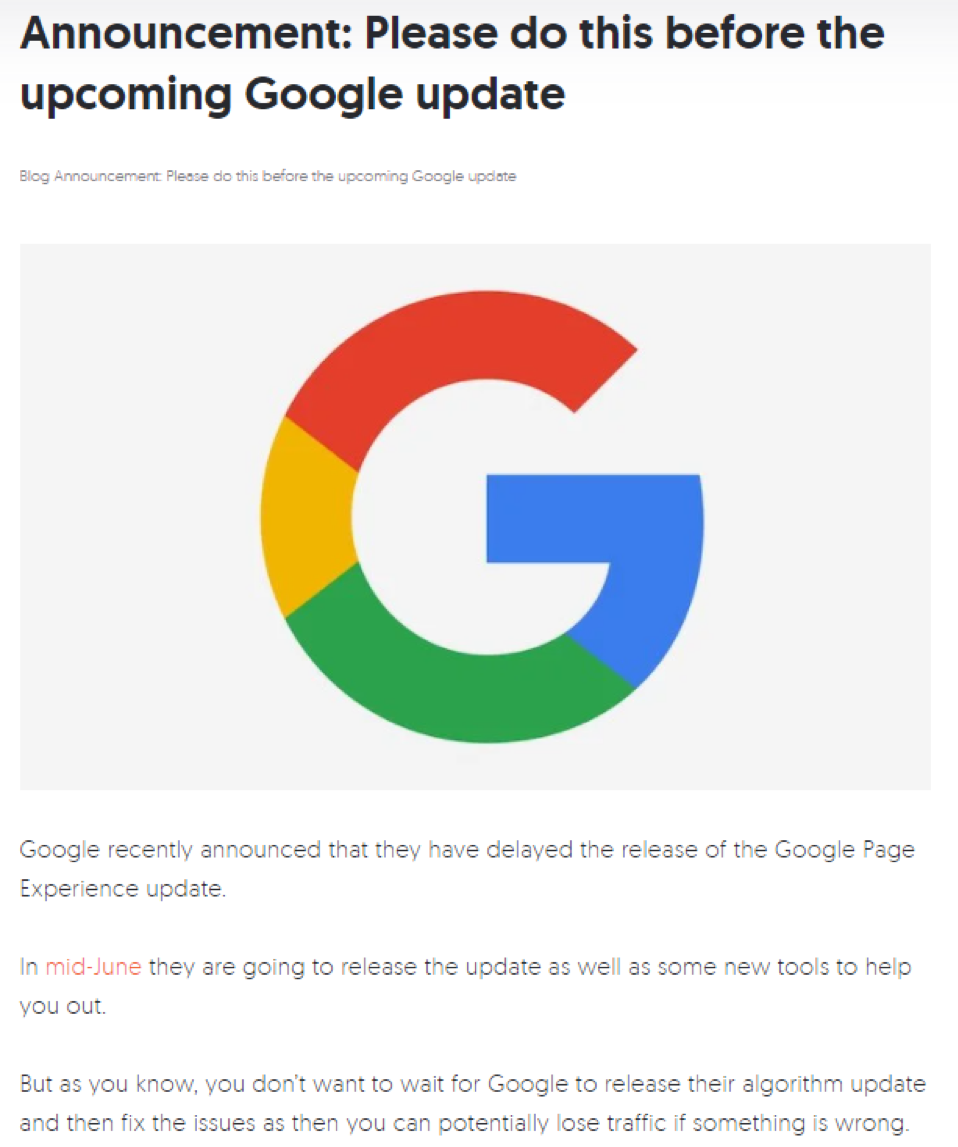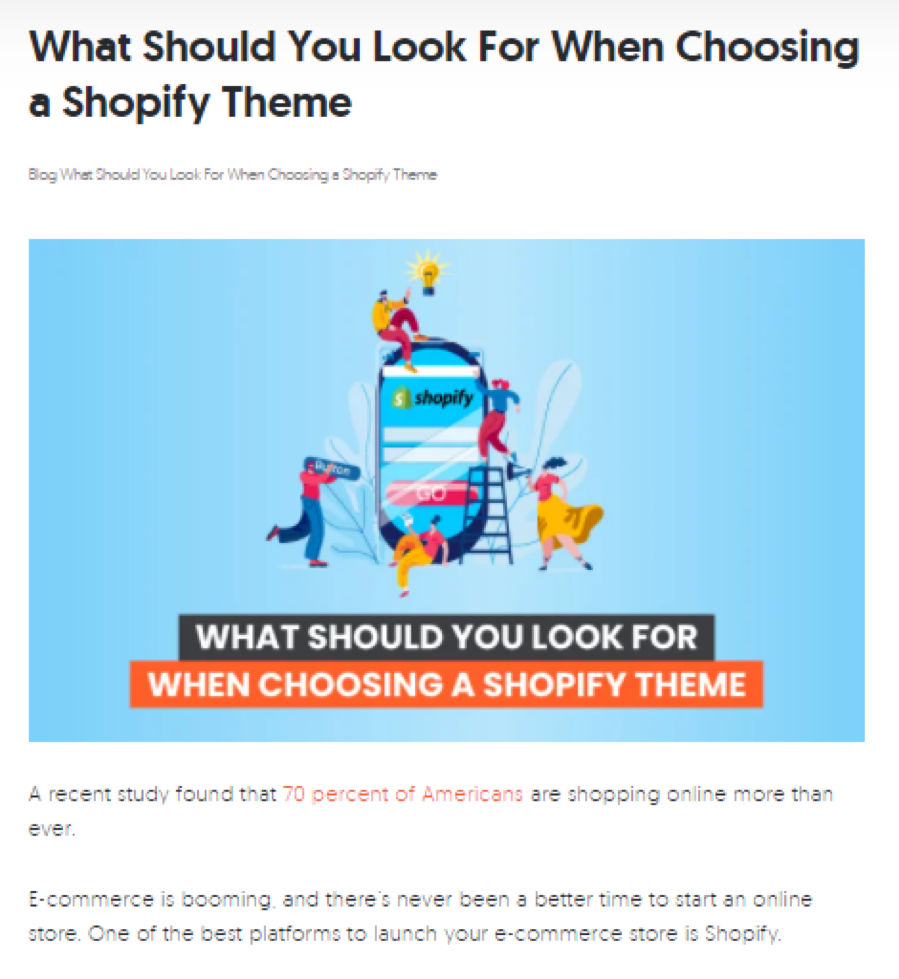Writers agree. The introduction is the most challenging part to write. This dread of starting a literary work haunts even the most legendary writers.
Hemingway once famously said: “There is nothing to writing. All you do is sit down at a typewriter and bleed.”
Although we stare at a blinking cursor nowadays, the problem stays the same. Writing takes ample time and considerable brainpower.
But as someone who writes, reads a lot, and admires certain writings, I know a good article when I see one. And coincidentally, like typical readers, I judge the quality of a write-up on how engaging the introduction is.
This is why an introduction is so difficult to come up with for most writers. Readers are drawn to the title first, then the first lines of the content. Hence, the quality of introductions dictates the performance of the content - be it the total number of engagements or publications.
So how do you do it? How do you tell a global audience that they should read your content without explicitly saying it?
Thankfully, there are good writers we can replicate. And how they start their content is a good learning resource - an inspiration - so we can begin ours better too.
Read further to learn the top three introduction types:
- Generalization
- Statistics
- Conclusion

Source: Hubspot
1. Generalization
Any attempt to define or explain complicated topics makes good use of this technique. Have you read articles entitled Writing 101 or The Basics of Typography or The History of Medieval Painting?
These articles present basic chewable information for newbies or beginners. So it makes sense to give a general knowledge of the terms yet to be discussed.
The “generalization” technique often starts with the correct definition of terms:
Marketing is the business of promoting products or services through different channels. It comprises inbound and outbound. Inbound marketing deals with disseminating useful information about the products and services to your target market. Outbound marketing is more of the traditional form, like pushing your message to the audience through TVs, advertisements, flyers, etc.
The Philippine Eagle is one of the largest species of birds of prey. But sadly, their population is steadily dwindling. Their rarity and might make them the target of wild poachers and prize hunters.
Work automation is the process of putting work processes in the hands of software and machines. Not only are they accurate most of the time, but they also diminish the burden of doing repetitive tasks and, ultimately, work fatigue.
In this type of intro, the information provided is easily searchable. The writer presents no groundbreaking facts or unique perspectives.
But a word of caution. This is the easiest technique, and most often, the lamest way to start an article. The readers might already know the information, and placing them at the beginning may only sound repetitive and boring.
Take the Philippine eagle introduction, for instance. What if I’m an eagle enthusiast, an ornithologist, or a science writer? Chances are, I would skip the article because they seem to present no good value for my level of knowledge.
And even if they show value further along, the article might have lost half of its readers due to what others might consider a weak and generalized introduction.
So use generalization sparingly and wisely. Know the intended audience beforehand. Have a checklist of qualities. Are they novice or expert in the topic? Do they know a good deal of information? Or Are they unaware of the field, and they visit to learn something new?
When you find that the intended readers are beginners, then, by all means, you’re free to use this type of introduction. Otherwise, never use it at all.
Consider this introduction from an article on BrandCrowd, a logo design service:

Source: BrandCrowd
The first line speaks of general information about logos. Only it’s effective because the intended audience is business owners figuring out their brand’s best logo design. But for branding specialists, the first few lines are a no-brainer.
Generalization is an excellent way to start an article. It’s best suited for articles that display the most basic information for readers who barely know something about a topic.
If this is not the right type of intro for your readership, then read along for more introduction techniques.
Source: Ubersuggest
2. Statistics
If I write an article about food waste and start it with “Every year, 1.3 billion tonnes of food goes to waste when more than 600 million people are dying of hunger,” would you continue reading?
Statistics are shown to be a powerful literary technique. They give insights and unique scales unbeknown to many. Such as that the digital marketing industry is projected to grow more than 150 billion in seven years. Most marketers barely know that. Or that the overfishing takes 2.7 trillion tonnes of fish each year that the ocean could be depleted entirely by 2048. Fish eaters like me get astounded by that fact.
Statistics can work with any topic, be it marketing, technology, books, germs, or surgery. But unlike generalized intros, they don’t offend a seasoned reader.
When done right, it can entice them to read along. Even if the statistics are generally known, they provide a good reminder.
So how do you write a statistics introduction correctly?
First, they have to be accurate, or else they can be misleading. Content writing is not cheap. Placing statistics with the goal of enticing readers should never be at the expense of accuracy and truth.
Here’s a good example of accurate statistics placed at the beginning of the article.

Source: New York Times
There’s a link that refers to the report. And it has a brief but comprehensive explanation.
Another one from the column of Michael Klein entitled “Use the Coronavirus Shutdown to Train Workers” explaining why the Covid-19 shutdown could help train workers to improve productivity.


Source: New York Times
Klein started the article with the situation they have in the US. That nearly 23 million people are jobless, the largest wave of unemployment since the Great Depression. And then, he provided additional data on why that figure is quite alarming.
You can also misuse statistics. How? By presenting complex numbers that most readers find no sense. Not only should it be accurate, but also comprehensible. A good rule is to put one to two statistical figures. More than that, readers can get confused and will likely move on to the next article.
So use it only when you understand the data. If not, steer clear from any forms of information you hardly understand and use the succeeding type of introductions instead. The next one is my favorite.

Source: Ubersuggest
3. Conclusion
Take the cue from journalists. They are trained to put the most important information at the top and lesser bits at the bottom.
Why so? Readers are inherently lazy. In this multi-tab, multi-gadget digital world, people are more distracted than a goldfish. So if you don’t tell them straight up what’s the deal in your article, then see them jump on the next tab.
So even if you’re not a news writer, once you sit down, be prepared to share what’s new. Otherwise, you’re wasting your time and your readers’.
How do you do it? I call it the conclusion head-on.

Source: New York Times
What do you want readers to know? What did you find out in your research? If there is anything you would like your readers to take one sentence from your article, write it at the beginning.
Because as I said, if they find it not inherently interesting from the start, they will jump to the next content worthy of their time.
Conclusions, unlike generalizations, will not bore a reader who has a good deal of understanding in the field. In fact, most readers will dwell on the article further to find out how the writer gets to the conclusion.
This brings me to an inherently important point in this type of introduction: support your conclusion well.
When readers don’t find enough evidence to support the writer’s conclusion, they will leave untrusting of the writer’s content and credibility.
Hooking people to read the article is one thing; persuading them to continue is another. Now, the conclusion-type of intros are good at snatching attention. But these are also notoriously difficult for readers to maintain focus, especially that the writer cannot sustain the same level of development and interest.
Here’s a great example of a conclusion-first article:

Source: Mashable
The way Kindle is referred to as a useless hunk of tech might have derived from the writer’s experience of the gadget. And he’s right, Kindle is useless without its paid content such as audiobooks, pdfs, and podcasts.
Now, from a very well-respected website, the Harvard Business Review incorporate this technique in this article:

Source: Harvard Business Review
To remember it well: say your conclusion and explain how you get there.
Final Thoughts
If you’re a writer and you fear the introduction part, you’re not alone. But whatever you’re writing, you have to start.
Fine writers from the best publications and websites have demonstrated well enough how they start their craft.
The goal is to pick one we can replicate and use it. If that doesn’t work or if the content still feels lame and dragging. Then continue to practice writing. Writing intros might not be the problem here but the writing itself. In that case, you can turn to the wise words of Jennifer Eagan:
“You can only write regularly if you’re willing to write badly… Accept bad writing as a way of priming the pump, a warm-up exercise that allows you to write well.”
So prime the pump. Write on!

